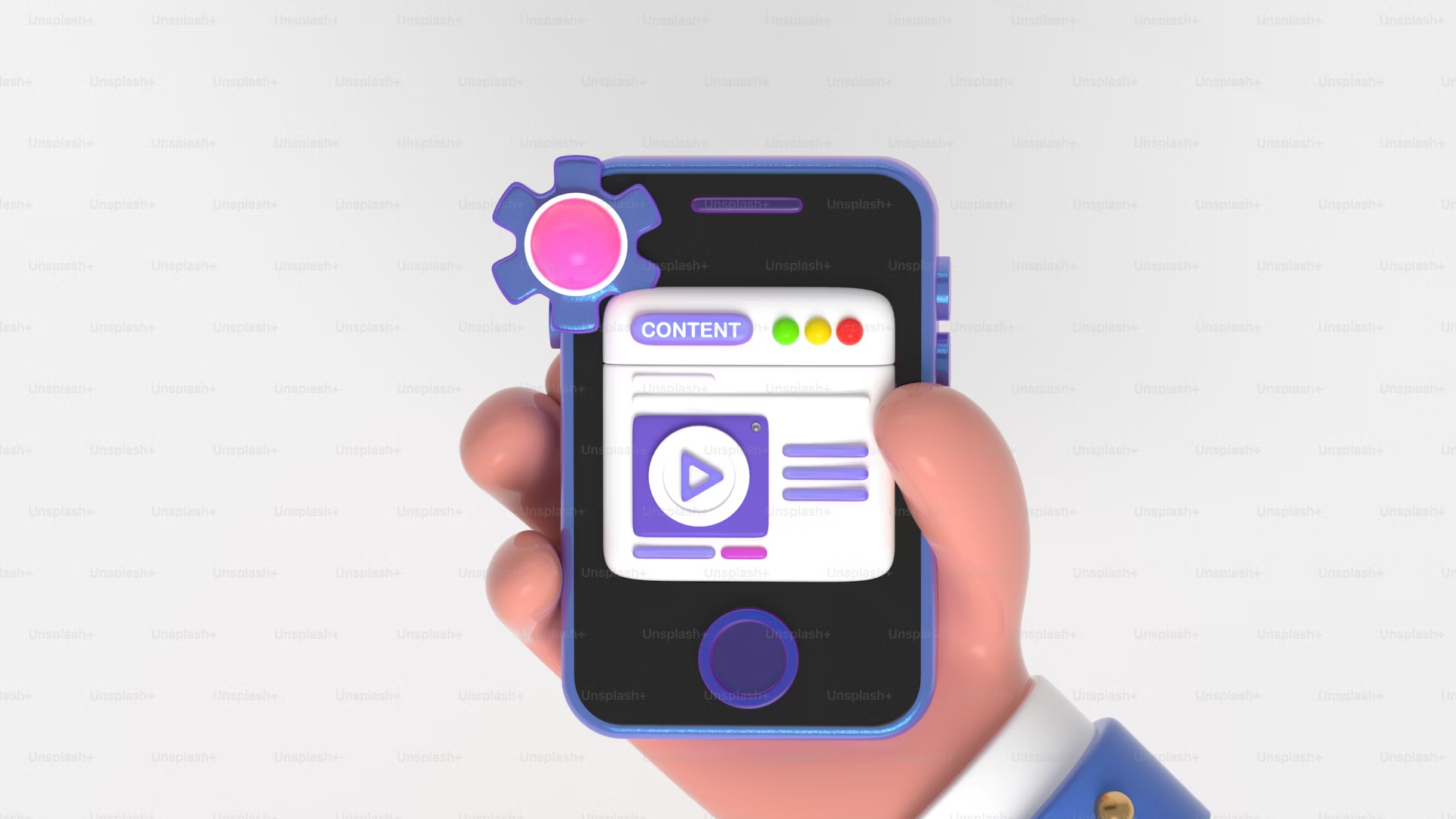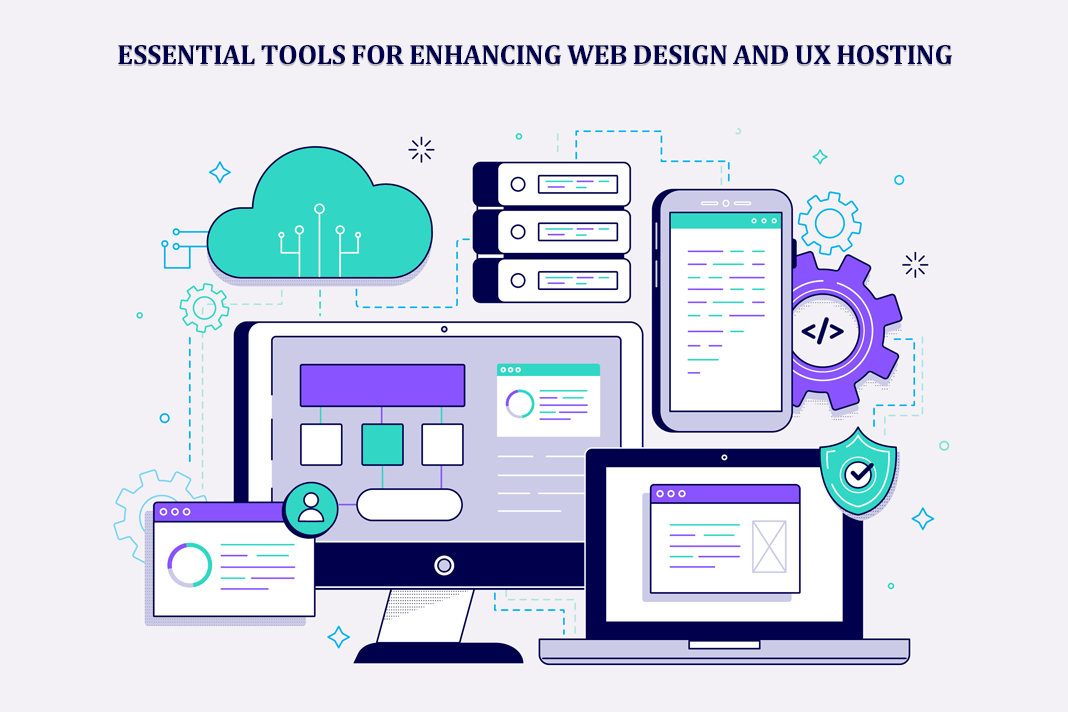eCommerce Digital Marketing Trends to Reign Supreme in 2024
As per reports, 33% of the world population shop online to meet their needs. An expectation is set at 2.77 billion for people buying online by 2025. In the U.S. eCommerce market alone, a growth of 11.2% is expected from 2023 through 2027. With this steady growth of online shoppers, the rapid rise of digital businesses is expected to follow.
Quick Links
Looking back, it is quite evident that eCommerce businesses have come a long way. People used to see Amazon ads on hoardings and TV. However, today an average user comes across these ads everywhere — be it tv, print media, Facebook, Instagram, and every digital marketing channel.
Modern marketers can promote their eCommerce business on various social media channels. Back in the 2020s, people only knew the full forms of AI and AR. Businesses have started using these technologies actively these days.
Let’s Explore The Top eCommerce Digital Marketing Trends to Look Forward in 2024
1 SEO-Friendly Content
Google keeps updating their algorithms and search engine ranking guidelines every now and then. Brands will have to formulate an eCommerce-first SEO strategy to target different stages of the buyer’s journey. Make SEO-friendly content by investing enough time in writing and editing to add different intent-based keywords.
2 Video Marketing
eCommerce brands will rely on videos to attract maximum customers and convert them. They improve brand recognition by 139% and boost conversion rates by 86%. Create videos to share engaging stories and demonstrate the usage of your products to drive more sales.
3 Predictive Analytics
Predictive analytics lets you segment customers according to predicted future value, purchase inclination, and churn risk. eCommerce marketing services are most likely to utilize predictive analytics to recognize the most effective marketing channels to get high-value customers. Let’s say a customer has purchased a red party dress from your eCommerce store. With the help of predictive analytics, it is possible to recommend frequently purchased complementary items like matching stilettos, earrings, and necklaces to go with the dress. They can run a follow-up email campaign or feature these items during checkout itself.
Many known brands are using AI-powered sentiment analysis to understand buying behavior, customer feedback, and improve brand experience. In the days to come, people will also leverage Voice Commerce or voice search optimization for AI assistants. Premium brands are also integrating AI with AR to provide virtual try-ons to bridge the gap of in-shop shopping experiences.
4 Eco-Conscious Branding
Sustainability has become an important USP for every eCommerce brand. Your customers appreciate your contribution to environmental welfare. Mention your philanthropic beliefs in all digital marketing communications.
Take a look at this Instagram post by The Body Shop in which they have clearly written about their initiatives for environmental safety.

Image Source: Instagram
5 Personalized Marketing
Personalization allows you to target the customers with relevant information they would be interested in. As your users get a tailored experience, they don’t have to waste time reading unnecessary marketing promotions. Therefore, it significantly increases the likelihood of conversions. Email is one of the most powerful channels for such personalized messages as it is an opt-in medium, and people have actually subscribed to receive those communications.
In the days to come, eCommerce brands will implement predictive personalization. They will consolidate their tech stack to build seamless connections between the software tools.
6 Shoppable Live Streams
Have you come across product ads on Instagram Live, Facebook Live, YouTube, and TikTok? That’s yet another trend that we all have run into some day or another. Let’s take TikTok for exampl – Customers use the hashtag #TikTokMadeMeBuyIt when they shop for something they see on TikTok – This shows the power of TikTok in influencing purchase decisions. The same goes for all the live stream channels like YouTube, Instagram, and Facebook.
7 Influencer Marketing
People trust their favorite influencers so much that they are greatly biased if an influencer they love is promoting a product or brand. Many eCommerce brands have taken influencer marketing seriously in recent times. It helps increase conversions through word-of-mouth marketing, and that is also achieved by a well-known personality or celebrity.
Here’s an example of influencer marketing by Cristiano Ronaldo. He has 634M Instagram followers (as of July 2024). When an adored sports personality promotes a brand, its reach is sure to go high, and here is an example of it.

Source: Instagram
Wrapping Up
eCommerce businesses need to jump on these trends soon enough to not miss out on opportunities. To emerge as a winner in the bottleneck competition, you ought to incorporate these digital marketing trends into your game plan. After all, you wouldn’t want your valuable customers to choose another brand over you, just because they hopped on a new trend before you did. So, pay attention to the changing marketing landscape and keep optimizing your campaigns to accommodate the trends.
Author Bio: Ashish Goswami
Bio: I’m a dynamic storyteller with a passion for crafting engaging digital experiences at Krish Technolabs. With a knack for turning ideas into captivating content, they specialize in producing high-quality tech content.
Why WooCommerce is the Best Choice for Your Online Store?
WooCommerce stands out as a top option for anyone looking to build an online store. This platform…
0 Comments8 Minutes
How to Use AI-Powered SEO Tools for WordPress eCommerce
SEO is a critical factor in the success of any e-commerce WordPress store. As competition…
0 Comments11 Minutes
Why Short-Form Videos Are the Future of Content Marketing
Your Instagram customers spend over 50% of their time watching short-form videos and reels. Rather…
0 Comments12 Minutes
The Role of Digital Marketing in Business Growth
Online marketing touches every aspect of a business, whether it is initiating the idea or for an…
0 Comments3 Minutes
AI Meets Authenticity: Balancing Automation and Human Touch in Content Marketing
Is your brand starting to sound like a robot? In a world where algorithms write faster than any…
0 Comments8 Minutes
Essential Tools for Enhancing Web Design and UX Hosting
Have you ever visited a website that felt slow, clunky, or confusing? A website that is poorly…
0 Comments11 Minutes
How a Mini Cart Transformed My Store’s Shopping Experience
Okay, real talk—running an online store is hard. You think you’ve got everything figured out, you…
0 Comments9 Minutes
Balancing Your Security Initiatives With Industry Compliance Requirements
Managing a business today comes with a number of daily battles that need to be fought. Resources…
0 Comments11 Minutes








